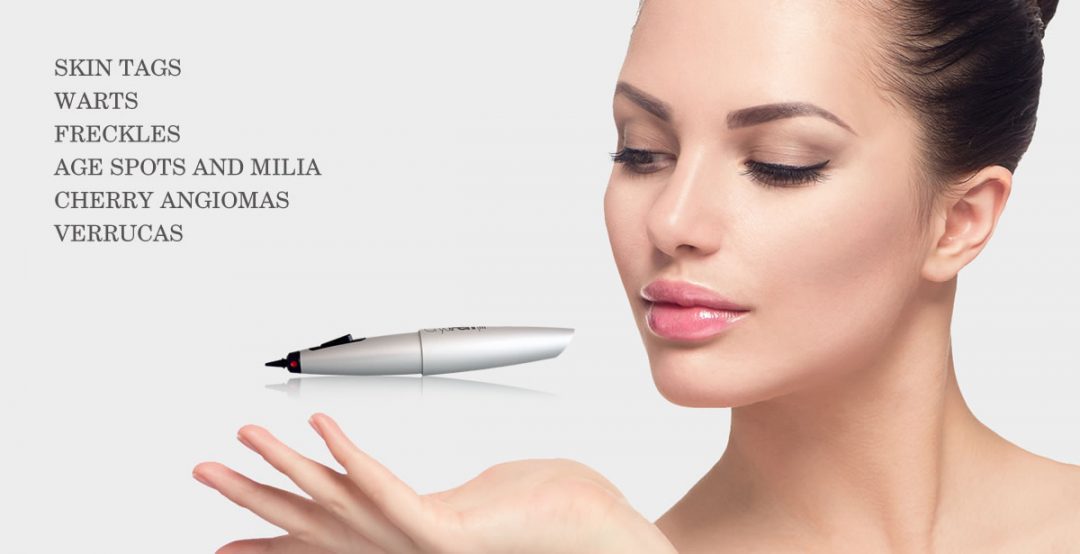
August 22, 2024
Common Moles, Dysplastic Mole, And Risk Of Melanoma Nci
Cancer Malignancy Skin Cancer Symptoms If one side of your mole is significantly bigger than the other, or is a different shape, call your skin doctor. You might get normal mammograms, if you're a woman, to check for breast cancer, or a normal electronic exam or PSA test, if you're a man, to look for prostate cancer. You may have surrendered-- or totally stayed clear of-- cigarettes to lessen your risk for lung cancer.What Triggers Blemishes?
Concerned About A Mole? Here’s What You Need To Know, According To An Expert - British Vogue
Concerned About A Mole? Here’s What You Need To Know, According To An Expert.
Posted: Sun, 15 Aug 2021 07:00:00 GMT [source]
- Melanoma is one of the most common kinds of cancer in the United States, standing for 5% of all new cancer cells diagnoses.
- Freckles are caused by a hereditary propensity to generate even more melanin, the pigment that provides skin its color.
- What should you seek when you look at your moles?
- The huge bulk of moles are regular and safe.
How Should I Examine My Skin For Moles?
If you have dark skin, your melanocytes generate even more pigment (i.e., melanin) than a person who has reasonable skin. Many ladies and men have anywhere from moles on their body. The substantial bulk of moles are typical and harmless. It's important to know just how skin moles develop given that it helps us recognize why some are worrying. Note that self-checks can frequently miss out on changes in moles, according to a 2000 research of individuals at high threat for cancer malignancy.Keeping Your Moles Healthy
" Melanocytes are normally present throughout the body-- when a team of these cells clusters, you get a visible development referred to as a mole." If you discover any of these attributes, you ought to have a skin doctor check out the mole. You need to additionally have a physician check the mole if it begins to itch, hemorrhage, or becomes troublesome by any means. Nevertheless, even if a mole contains any of the above features, this does not instantly indicate you have skin cancer. Your dermatologist will know whether any type of moles need a biopsy to guarantee they are not melanomas. The even more unusual functions moles have, the riskier they are. Frequent surveillance of these moles is particularly critical, to ensure that if a cancer malignancy arises, it can be spotted and treated as early as feasible. It is essential to keep in mind that also without a family background of melanoma, if you have irregular moles, you have an elevated danger of developing melanoma. " Preferably, we discover it while it's still precancerous and it becomes simply a simple skin mole elimination." Moles are triggered by a hereditary tendency to produce melanin, the pigment that gives skin its color. Nevertheless, moles can likewise be brought on by sunlight exposure. When skin is consistently subjected to the sun, it can cause moles to come to be darker and even increased. Melanoma is the deadliest skin cancer cells, but new moles or places may additionally be basal cell or squamous cell cancers. These usually appear in areas that are exposed to the sunlight, such as your face, head, and neck. Bigger genetic moles have a greater risk of ending up being deadly in adulthood (4 to 6 percent lifetime danger). Modifications in growth, color, form, or discomfort of a birthmark should be reviewed by a doctor. Mole shade ranges from pink to dark brown or black. They can be anywhere on your body, alone or in teams. If you see changes in a mole's color, height, size, or form, you must have a skin doctor (skin medical professional) review it. You also ought to have moles examined if they hemorrhage, ooze, itch, or become tender or unpleasant. An usual mole is usually smaller than regarding 5 millimeters vast (concerning 1/4 inch, the size of a pencil eraser). It is round or oval, has a smooth surface with a distinct side, and is typically dome-shaped. There are a couple of indications that a modification in your moles could be worrying, Dr. Kohen claims. Wherever there is skin, a mole can develop-- meaning they can establish in even inconspicuous areas, like under your nails and on the scalp. A benign mole can develop into cancer malignancy, yet this is unusual. Malignant or irregular moles are usually larger than the dimension of a pencil eraser however can often be smaller sized. While benign moles are generally a single shade of brownish, a cancer malignancy may have various tones of brown, tan or black. As it grows, the colors red, white or blue may additionally show up. From their offices in Chestnut Hill, they offer Boston, Liquid nitrogen applicator Brookline, Cambridge, Newton and Wellesley. These soft outpouchings of skin are completely benign, yet they can absolutely be irritating. Skin tags might happen at any type of age, and they may be seen more frequently in the setting of overweight or maternity.Is it regular for moles to alter in appearance?
Symptoms and qualities to keep an eye out for include: increased or level shape, frequently with irregular shape and borders,'sometimes on an existing or brand-new mole. brown, black, tan, red, blue, and even white, often a darker shade of a person's typical complexion. slow changes, commonly over the course of months or years. The moles that are of clinical issue are those that look various than other existing moles on your body (referred to as the & #x 201c; ugly duckling indication & #x 201d;-RRB- or those that appear on your skin after


Social Links